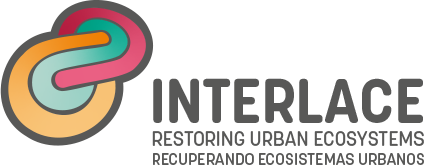
Contemporary urban planning faces multiple challenges that require innovative and holistic solutions. Rapid urbanisation, climate change, social inequalities and environmental degradation are some of the pressures facing cities. Urbanisation increases the demand for infrastructure and services, putting pressure on biodiversity and ecosystem services. Climate change poses significant risks such as rising sea levels, extreme weather events and heatwaves. Marginalised communities often bear a disproportionate burden of environmental hazards and lack access to essential services. This guide presents comprehensive strategies for planning, designing and monitoring nature-based solutions (NbS) to address these urban challenges. It offers a modular approach adaptable to diverse urban contexts, with an agile framework to create assessment systems. It covers aspects such as decision framing and policy context, co-creation, spatial vulnerability assessment, NbS design, and post-implementation monitoring. The guide, designed within the framework of the INTERLACE project, is a resource for urban planners, policy makers and practitioners, promoting the transformative potential of NbS to create more resilient and sustainable cities.
Citation
Planning, Designing and Monitoring of Nature-based Solutions : guidelines to urban transformations / Johannes Langemeyer, Sara Maestre Andrés, Isabel Melo Vásquez, Nicolas Salmon ; edited by Luis Miguel Gallego Sepúlveda, Gina Gaitán – First edition. Bogotá, D.C. Instituto de Investigación de Recursos Biológicos Alexander von Humboldt, Interlace, 2024.
